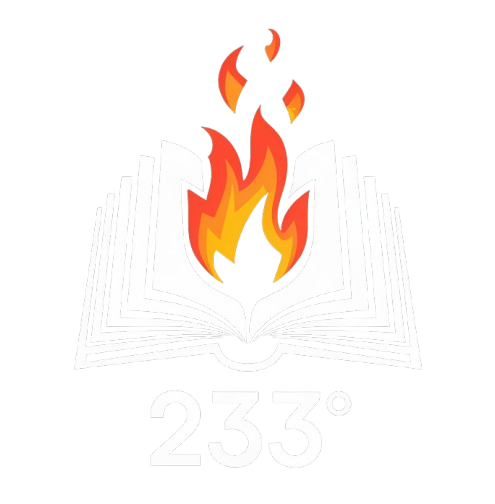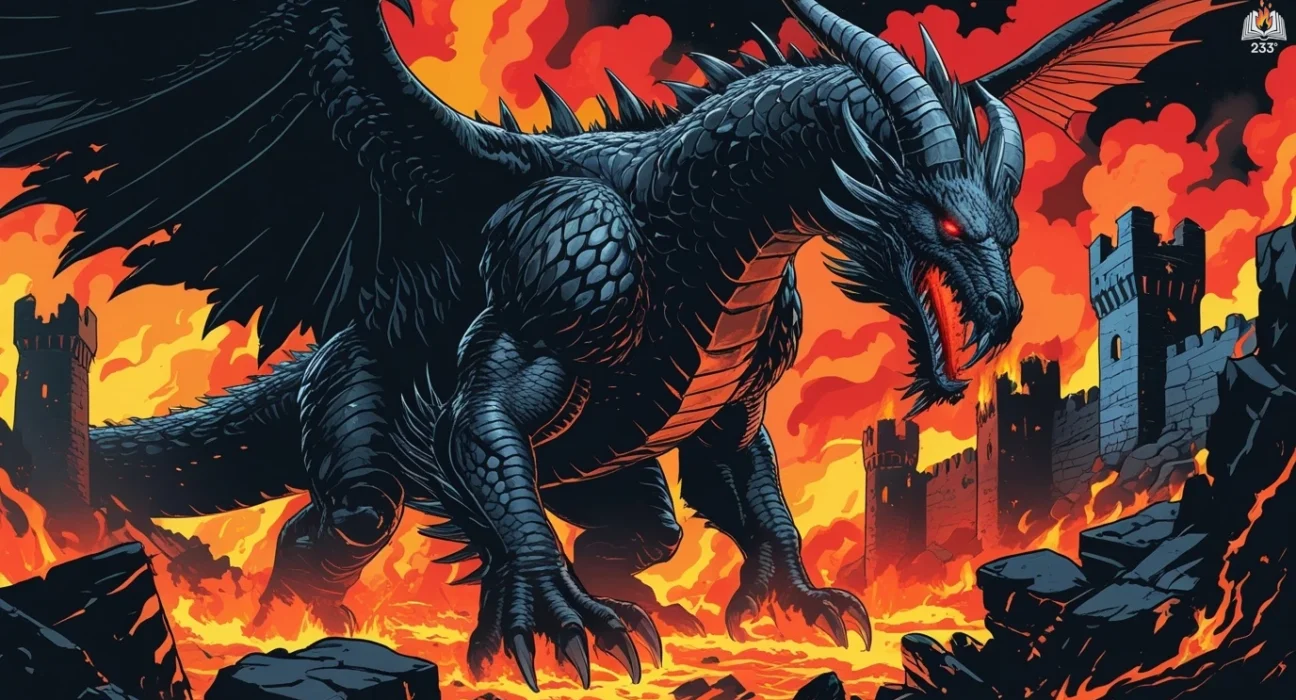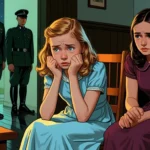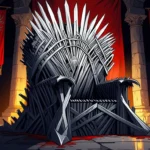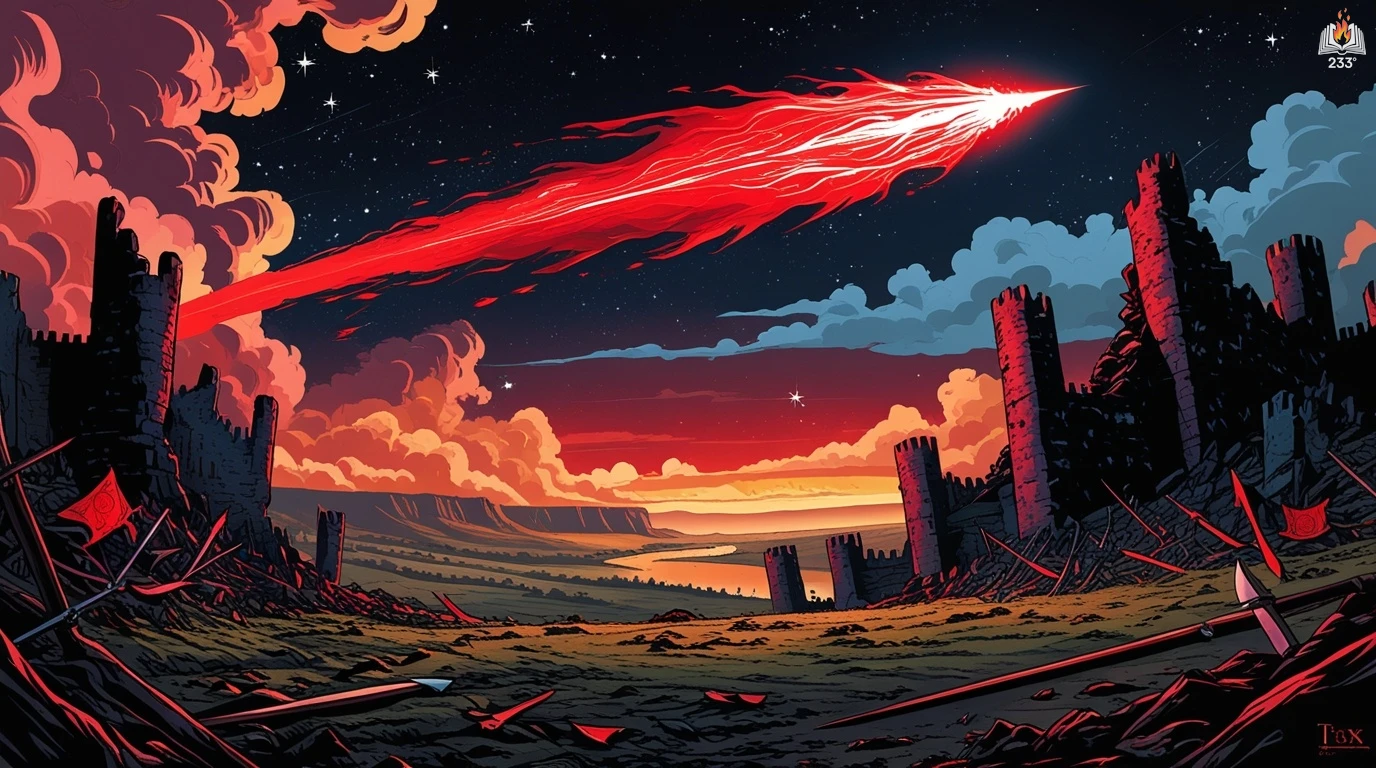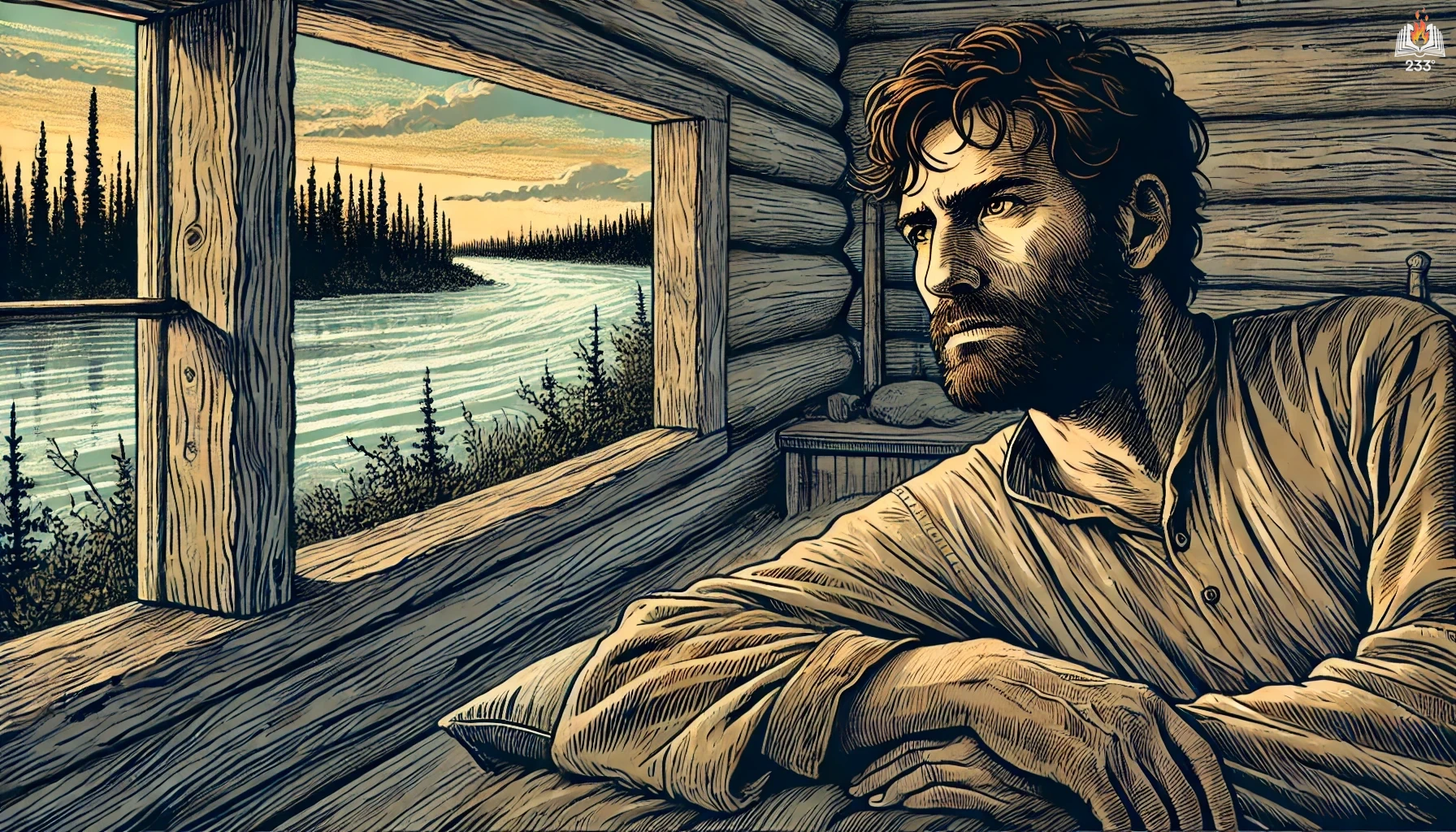The World of Ice & Fire: The Untold History of Westeros (2014) by George R.R. Martin serves as a comprehensive companion to Martin’s A Song of Ice and Fire series. It presents a meticulously crafted history of the Seven Kingdoms and the lands beyond, narrated from the perspective of Maester Yandel. This richly illustrated volume dives into mythic eras like the Dawn Age, the rise and fall of Valyria, and the reign of the Targaryens, offering fans an immersive exploration of the lore and legends underpinning Martin’s fantasy epic.
Plot Summary
In the lands of Westeros, where shadows of the past loom as large as the castles that dot its expanse, tales of ancient times endure, etched in stone and sung by firelight. The chronicle begins in the Dawn Age, a time when Westeros was a wild and untamed land, peopled only by the Children of the Forest and towering giants. The Children, small and beautiful, wove their magic through weirwoods and obsidian, their gods watching through carved faces in the trees. Giants roamed freely, crude and powerful, living alongside the children in uneasy balance.
Then came the First Men, crossing the Arm of Dorne to settle the fertile lands. They brought bronze weapons, cattle, and a disregard for the gods of the children. The conflict between the two peoples erupted, a war that lasted centuries, devastating both sides. Desperation brought them together at the Isle of Faces, where the Pact was forged, granting the children the deep forests and the First Men the open lands. Peace reigned for a time, and the Age of Heroes dawned.
In this era of flourishing kingdoms, names like Brandon the Builder, Garth Greenhand, and Durran Godsgrief emerged, their deeds casting long shadows over the centuries. Brandon raised the Wall in the North with the aid of the children, a frozen sentinel against threats unknown. Durran, defiant against the gods themselves, built Storm’s End to protect his people from the wrath of the winds and waves. But even in this age of promise, darkness lingered.
The Long Night fell upon the world, a winter so fierce and unending that entire generations lived and died in cold and darkness. From the Land of Always Winter came the Others, icy beings of death, riding monstrous ice spiders and resurrecting the dead to fight their wars. In the end, it was the courage of a last hero, with the aid of the children, that turned the tide. Together, they forged the Night’s Watch and the great Wall, a bulwark of ice against the terrors of the North.
As the North grappled with survival, far across the Narrow Sea, the Freehold of Valyria was rising. Nestled amidst the volcanic peaks of the Fourteen Flames, the Valyrians learned to tame dragons, creatures of fire and fury that bent only to their will. With dragons as their weapons, the Valyrians crushed Old Ghis and expanded their dominion. Cities rose in their wake, some ruled directly by Valyria and others like Braavos, born of slave rebellion, remaining hidden and free.
Westeros, meanwhile, saw the arrival of the Andals, a people driven by faith and iron. They crossed the Narrow Sea, carving their mark upon the land and bringing the Faith of the Seven. Kingdoms of the First Men fell to the Andal invaders, and with each conquest, the godswoods and weirwoods were cut down. Yet the North held firm, its swamps and fortresses proving impregnable, and the old gods endured in the lands beyond the Neck.
From the Rhoyne, a great river in Essos, came the Rhoynar, fleeing Valyrian expansion. Led by the warrior-princess Nymeria, they set sail with ten thousand ships, seeking refuge. After many trials and tragedies, they landed in Dorne, where Nymeria burned her ships and united the scattered Dornish under her rule. Her legacy forged a kingdom where Rhoynish customs mingled with those of the Andals and First Men.
The tale of Valyria reached its apex with its sudden and catastrophic end. The Doom shattered the Freehold, its great cities reduced to ash and ruin. Only the Targaryens, a minor Valyrian house, survived, having settled on Dragonstone years before. When Aegon the Conqueror rose to power, he brought his dragons across the Narrow Sea, uniting the Seven Kingdoms under one crown. Kings fell before him, castles burned, and a new era began with the Iron Throne at its heart.
The reign of the Targaryens saw prosperity and strife in equal measure. Aegon’s descendants expanded their reach, but with power came unrest. The Dance of the Dragons, a brutal civil war, pitted Targaryen against Targaryen, devastating the realm and heralding the decline of dragons. Though the Targaryens endured for generations, their grip on power weakened, and the shadows of rebellion grew long.
In the end, Robert’s Rebellion shattered the Targaryen dynasty. The realm turned against Aerys II, the Mad King, whose descent into paranoia and cruelty alienated even his most loyal bannermen. Robert Baratheon ascended the throne, but the scars of the rebellion lingered. The Targaryen heirs were scattered, and Westeros stood on the precipice of change, its histories as uncertain as its future.
Far to the east, beyond the lands of the Seven Kingdoms, the Free Cities of Braavos, Volantis, and Pentos thrived, each with its own story of freedom, trade, and ambition. Beyond them lay the shadowed lands of Asshai and Yi Ti, their mysteries largely untold. The histories of Westeros and Essos intertwined across the centuries, shaping a world both vast and fragile, where the echoes of the past still shaped the lives of those who walked its lands.
Thus, the tale of Westeros, with its heroes and villains, triumphs and tragedies, stands as a testament to the power of history. The cycles of conquest and rebellion, the struggle between magic and reason, and the eternal pull of power weave a tapestry as complex as it is enduring.
Main Characters
Maester Yandel: The fictional narrator who presents this history. Yandel embodies the Citadel’s perspective, bringing a scholarly, though sometimes biased, account of Westerosi history. His dedication to preserving knowledge and his reverence for the myths of old reflect the culture of the maesters.
Aegon the Conqueror: The founder of the Targaryen dynasty who united Westeros under one banner. His tale is a cornerstone of the book, portraying his ambition and the power of dragons.
The Children of the Forest: A mysterious, magical race who once ruled Westeros before the arrival of men. They represent the fading magic of the world, adding a mystical layer to the narrative.
The Targaryens: The dragonlords of Valyria who escaped the Doom and established their dynasty in Westeros. Figures like Aegon, Daenerys, and others showcase their complex, often tragic legacy.
Princess Nymeria: A Rhoynar leader who led her people across the seas to Dorne. Her story highlights resilience and leadership in the face of destruction.
Theme
Power and Legacy: The book examines the cycles of conquest and collapse, emphasizing how leaders rise and fall, leaving indelible marks on history. It showcases how ambition, like that of Aegon or the Valyrians, shapes civilizations.
Cultural Conflict: The struggles between the Children of the Forest and the First Men, the Andals and the First Men, and the Rhoynar and the Valyrians underscore the tension between cultures. The loss and assimilation of traditions resonate throughout Westerosi history.
Magic and Mystery: From the Children of the Forest to the dragons of Valyria, the role of magic in shaping the world is ever-present. Yet, magic also fades over time, symbolizing the tension between myth and reality.
Historiography: The book itself reflects on how history is recorded and remembered. Through Maester Yandel’s narrative, the text questions the reliability of accounts, myths, and interpretations.
Writing Style and Tone
George R.R. Martin’s writing in The World of Ice & Fire is richly descriptive, immersing readers in a world that feels ancient yet alive. He masterfully balances myth and realism, crafting vivid imagery of legendary events and distant lands while grounding them in human ambition and frailty.
The tone carries a sense of reverence for the grandeur of history, tempered by a pragmatic skepticism of its myths. Themes of power, legacy, and the cyclical rise and fall of empires dominate, echoing the complexity and tragedy of real-world histories.
We hope this summary has sparked your interest and would appreciate you following Celsius 233 on social media:
There’s a treasure trove of other fascinating book summaries waiting for you. Check out our collection of stories that inspire, thrill, and provoke thought, just like this one by checking out the Book Shelf or the Library
Remember, while our summaries capture the essence, they can never replace the full experience of reading the book. If this summary intrigued you, consider diving into the complete story – buy the book and immerse yourself in the author’s original work.
If you want to request a book summary, click here.
When Saurabh is not working/watching football/reading books/traveling, you can reach him via Twitter/X, LinkedIn, or Threads
Restart reading!

